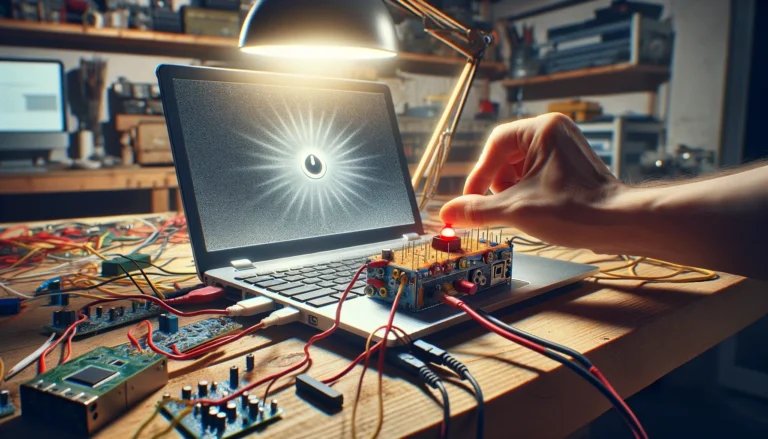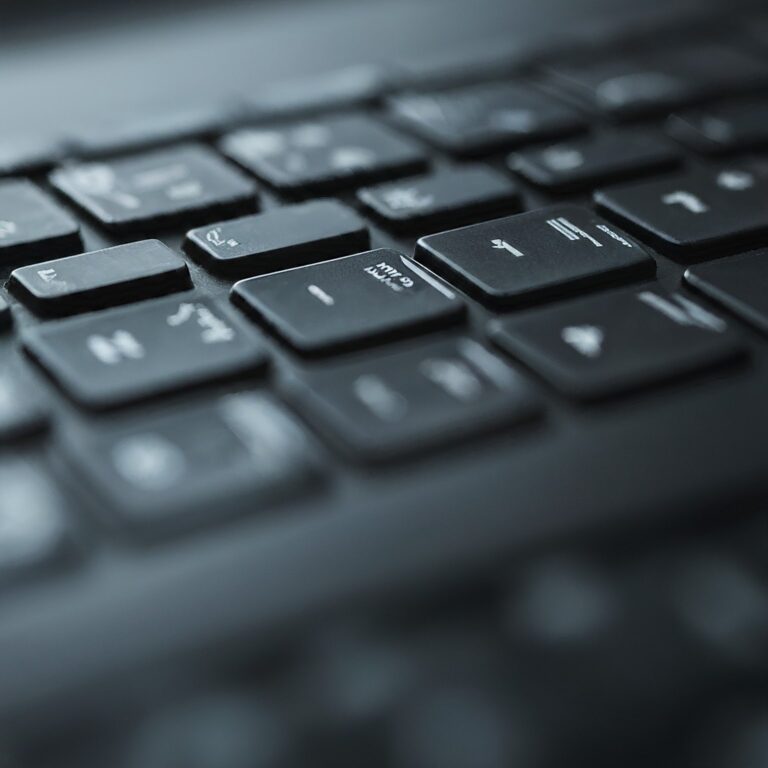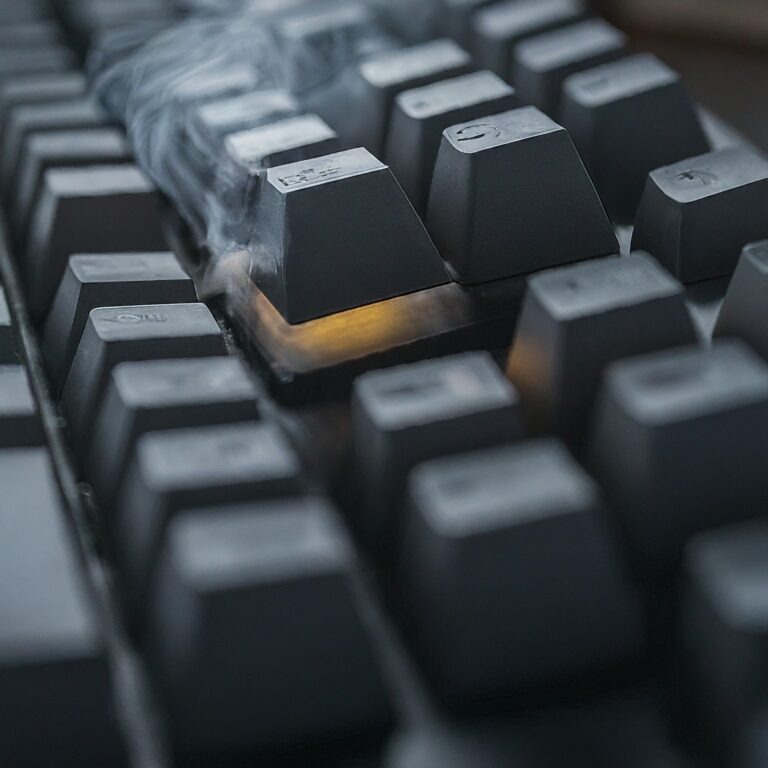Upgrading your computer can be a great way to improve its performance and keep it up-to-date with the latest technology. However, sometimes things don’t go as planned and you may experience problems after upgrading your computer. In this blog post, we will discuss some of the most common computer upgrade problems and how to troubleshoot them.
1. Incompatibility Issues
One of the most common problems that people experience after upgrading their computer is incompatibility issues. This can happen when the new components that you have installed are not compatible with the rest of your system. For example, if you install a new graphics card that requires a higher power supply than your current power supply can provide, you may experience problems with your computer booting up or running properly.
To troubleshoot incompatibility issues, you can try the following:
- Check the compatibility of your new components with the rest of your system before you install them.
- Make sure that you have the latest drivers installed for your new components.
- Try removing and then reinstalling your new components to make sure that they are properly seated.
2. Driver Issues
Another common problem that people experience after upgrading their computer is driver issues. This can happen when the drivers for your new components are not properly installed or are not compatible with your operating system. For example, if you install a new graphics card that requires a newer version of DirectX than your operating system supports, you may experience problems with your computer displaying graphics properly.
To troubleshoot driver issues, you can try the following:
- Make sure that you have the latest drivers installed for your new components.
- Try removing and then reinstalling your new components to make sure that they are properly seated.
- If you are experiencing problems with your computer displaying graphics properly, try updating your DirectX version.
3. Overheating
Upgrading your computer can also lead to overheating problems. This can happen if you install new components that generate more heat than your previous components. For example, if you install a new graphics card that requires more power than your previous graphics card, you may experience problems with your computer overheating.
To troubleshoot overheating problems, you can try the following:
- Make sure that your computer case has adequate ventilation.
- Clean the dust and debris from your computer case and components.
- Install a fan controller to help regulate the fan speed of your computer’s components.
4. Power Supply Issues
Upgrading your computer can also lead to power supply problems. This can happen if you install new components that require more power than your previous components. For example, if you install a new graphics card that requires more power than your previous graphics card, you may experience problems with your computer’s power supply overheating or failing.
To troubleshoot power supply issues, you can try the following:
- Make sure that your computer’s power supply is adequate for your new components.
- Replace your computer’s power supply with a more powerful one.
5. Software Issues
Upgrading your computer can also lead to software issues. This can happen if you install new software that is not compatible with your operating system or if you do not properly uninstall your old software before installing new software. For example, if you install a new graphics card that requires a newer version of DirectX than your operating system supports, you may experience problems with your computer displaying graphics properly.
To troubleshoot software issues, you can try the following:
- Make sure that the software that you are installing is compatible with your operating system.
- Properly uninstall your old software before installing new software.
- Try reinstalling your operating system.
6. BIOS Issues
Upgrading your computer can also lead to BIOS issues. This can happen if you install new components that require a newer version of the BIOS than your motherboard supports. For example, if you install a new CPU that requires a newer version of the BIOS than your motherboard supports, you may experience problems with your computer booting up or running properly.
To troubleshoot BIOS issues, you can try the following:
- Make sure that your motherboard has the latest BIOS version installed.
- Update your motherboard’s BIOS to the latest version.
7. Troubleshooting Tips
Here are some general troubleshooting tips that you can follow if you are experiencing problems after upgrading your computer:
- Start by checking the manufacturer’s documentation for your new components to make sure that they are properly installed and configured.
- Try removing and then reinstalling your new components to make sure that they are properly seated.
- Update the drivers for your new components to the latest version.
- Run a diagnostic test on your computer to identify any hardware problems.
- If you are still experiencing problems, you may need to contact a computer repair technician for help.
Conclusion
Upgrading your computer can be a great way to improve its performance and keep it up-to-date with the latest technology. However, sometimes things don’t go as planned and you may experience problems after upgrading your computer. In this blog post, we have discussed some of the most common computer upgrade problems and how to troubleshoot them. If you are experiencing problems after upgrading your computer, we recommend that you follow the troubleshooting tips that we have provided in this blog post.
Frequently Asked Questions
Here are some frequently asked questions about computer upgrade problems:
-
- Q: What are the most common computer upgrade problems?
- A: The most common computer upgrade problems include incompatibility issues, driver issues, overheating, power supply issues, software issues, BIOS issues, and general troubleshooting tips.
-
- Q: How do I troubleshoot incompatibility issues?
- A: To troubleshoot incompatibility issues, you can try checking the compatibility of your new components with the rest of your system before you install them, making sure that you have the latest drivers installed for your new components, and trying to remove and then reinstall your new components to make sure that they are properly seated.
-
- Q: How do I troubleshoot driver issues?
- A: To troubleshoot driver issues, you can try making sure that you have the latest drivers installed for your new components, trying to remove and then reinstall your new components to make sure that they are properly seated, and trying to update your DirectX version if you are experiencing problems with your computer displaying graphics properly.
-
- Q: How do I troubleshoot overheating problems?
- A: To troubleshoot overheating problems, you can try making sure that your computer case has adequate ventilation, cleaning the dust and debris from your computer case and components, and installing a fan controller to help regulate the fan speed of your computer’s components.
-
- Q: How do I troubleshoot power supply issues?
- A: To troubleshoot power supply issues, you can try making sure that your computer’s power supply is adequate for your new components and replacing your computer’s power supply with a more powerful one.
-
- Q: How do I troubleshoot software issues?
- A: To troubleshoot software issues, you can try making sure that the software that you are installing is compatible with your operating system, properly uninstalling your old software before installing new software, and trying to reinstall your operating system.
- Q: How do I troubleshoot BIOS issues?
- A: To troubleshoot BIOS issues, you can try making sure that your motherboard has the latest BIOS version installed and updating your motherboard’s BIOS to the latest version.
- Is It OK to Clean Laptop Keyboard With Wet Wipes? - March 19, 2024
- How Long Does it Take For a Completely Dead Laptop to Charge? - March 18, 2024
- How Do You Fix a Computer That Won’t Turn on But Has Power? - March 18, 2024






